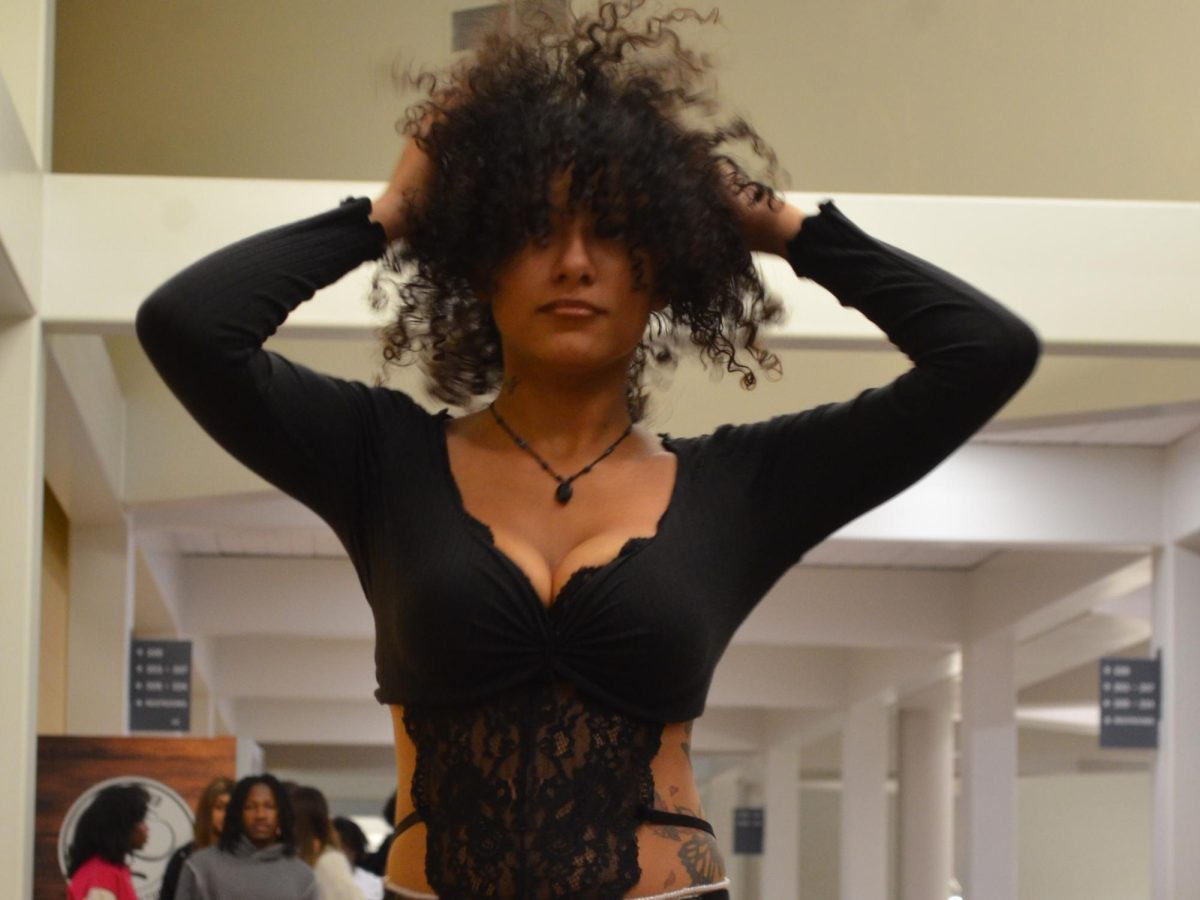With big budget action films and glitzy productions owning Hollywood, some University faculty and students think it is important to learn about the beginnings of film. And they are doing so in a silent film class at the University.
Special Projects 290, History of Silent Film, is being in taught in correlation with the showing of silent films in the Gish Theater every Sunday from March 16 through April 13.
The class is the brainchild of Ron Shields, chair of the Theatre Department. While Shields wanted to have a class to correlate with the silent film series at the Gish, he also wanted students to become familiar with silent film stars Dorothy and Lillian Gish. Both Gishes made their debut in Rising Sun, Ohio which is near Bowling Green.
“I wanted to teach a class that would give our students a chance to get to know the creative works of these women, as well as the work of other silent film pioneers,” Shields said. Shields cannot recall for sure, but thinks the idea for the class spawned during a walk across campus with Executive Vice President Linda Dobb, who also is a co-faculty member of the class.
During her days as a working actress in San Francisco, Dobb was inspired by Lillian Gish. Even before she was hired by the University, the Gish Movie Theatre was always of interest to her. After hearing the idea of a silent film class, she had to be involved. “Ron mentioned to me that he would like to do the class last spring,” Dobb said. “I said ‘Great, please let me co-teach.’ I’ve always had an interest in silent films and initially came to Bowling Green because I was intrigued with the idea of working at the University that had a Gish Movie Theatre.”
According to Dobb, the class is comprised of a small group of students who especially enjoy studying film.
“There is one section of 26 students,” Dobb said. “Most of them are die-hard film fanatics who get most of the film references and are quite attuned to the prevalence of certain motifs in cinema from 1913 that persist in 2003.”
While the class’s title might lead one to believe it is only about silent films, Dobb says that is not the case.
“The intent of the class is to make students aware of the influence of silent film styles and technique on modern film making,” Dobb said. So often we discuss the current films students have seen and their reactions to them. We also compare the careers of silent stars to their modern counterparts.”
Along with attending two showings of the month long silent film series, students are expected to understand the history of silent film as well as its effects on today’s films. The history aspect is something that appealed to some students.
“The thing that attracted me to the class was the fact that I am a film studies major and I wanted to start from the beginning before I make my way up through time,” said a student participating in the class.
The class will not be offered next semester, but Shields hopes other special film classes will be available in the future.
“Film offerings will expand with the addition of new faculty,” Shields said.







